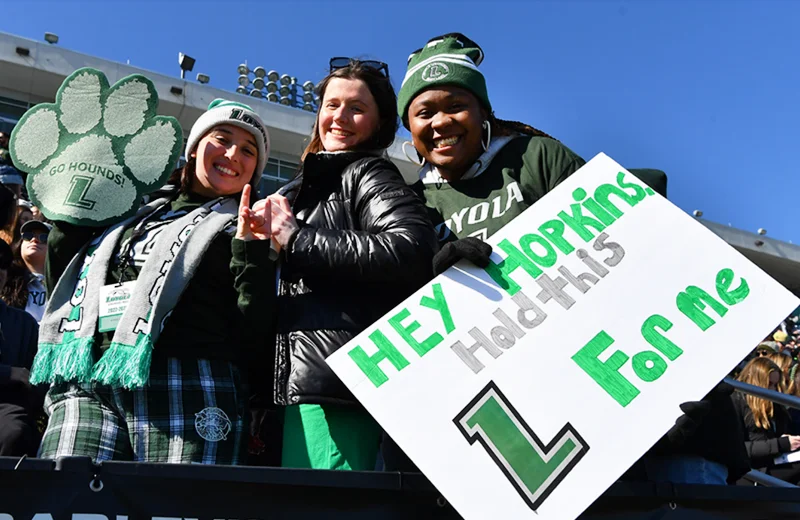This place, these people—including those who have come before us—our history and traditions... they interweave our individual experiences and comprise the greater story of Loyola University Maryland.
Since its founding in 1852, Loyola University Maryland's story has been steeped in school spirit, tradition, and a call to do more, be more, and seek more—from ourselves, from one another, and from society. We are proud of our culture: our customs, our quirks, our slang, our shared experiences, and our belief in and aspiration to uphold our motto, Strong Truths Well Lived.
At the heart of Loyola spirit and tradition is the bond among members of our exceptional community—a community of faculty, administrators, staff, students, and alumni that celebrates and champions its people, lives out our mission, and strives for a shared vision.
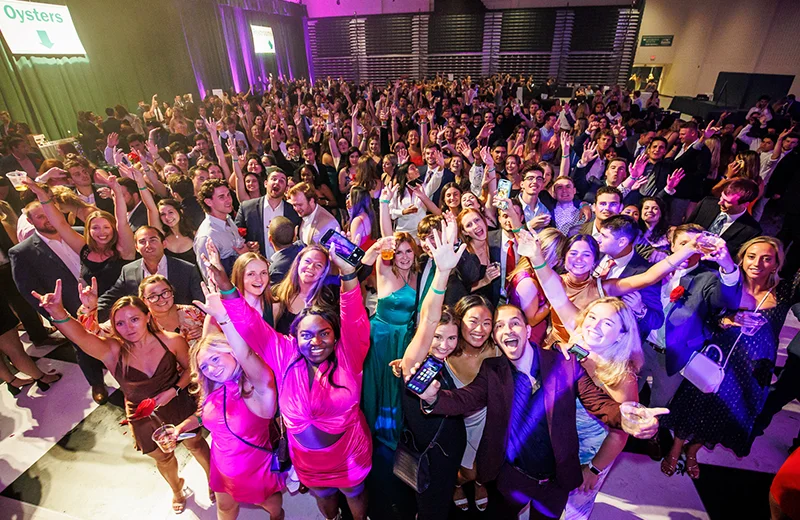
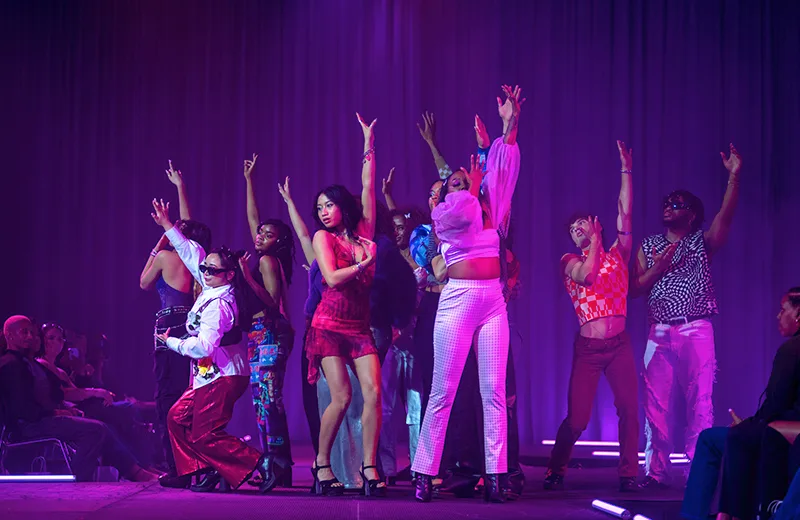
Traditions
School Colors
In the early 1920s, as Loyola was developing its athletics teams, uniforms varied from green, red, blue, and white. The student body decided Loyola should have official colors to represent all sports teams and to build Loyola’s identity, and they proposed and adopted Green and Grey.
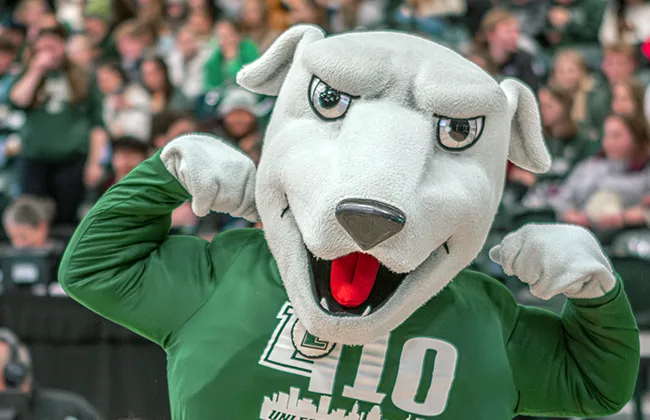
Motto and Shield
Loyola’s motto is Strong Truths Well Lived. The official seal, which includes the University’s shield and features our motto unfurled across the bottom, has been in use since 1853. Loyola’s shield is quartered with the lower half reproducing elements from the coat of arms of Saint Ignatius of Loyola, founder of the Society of Jesus and our namesake. These include the two wolves and kettle and the seven maroon and gold diagonals. The upper half of the shield honors our location: the coat of arms of Lord Baltimore and an Evergreen tree on a field of grey to represent Loyola’s Evergreen campus and school colors.
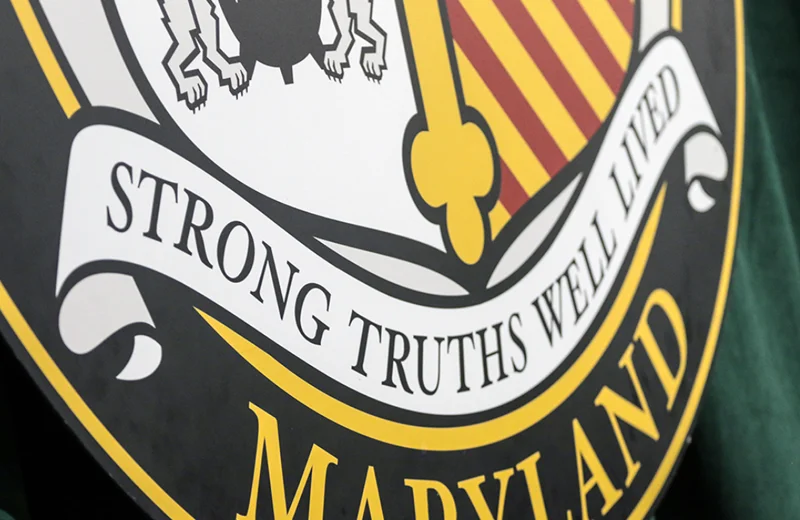
Mascot
The Greyhound was adopted as Loyola's mascot in 1927. At the time, Baltimore sportswriters were using a variety of nicknames to designate Loyola’s athletics programs, and students sought a distinctive mascot for their sports teams in addition to a name for the school newspaper. The mascot had to embody the new school colors, Green and Grey. Proposals for a mascot included the parrot or parakeet and the grey squirrel. Known for its graceful agility and speed, loyalty, and intelligence, a Greyhound was suggested—and, in a vote among the student body, the Greyhound narrowly defeated the grey squirrel to become the University's official mascot.
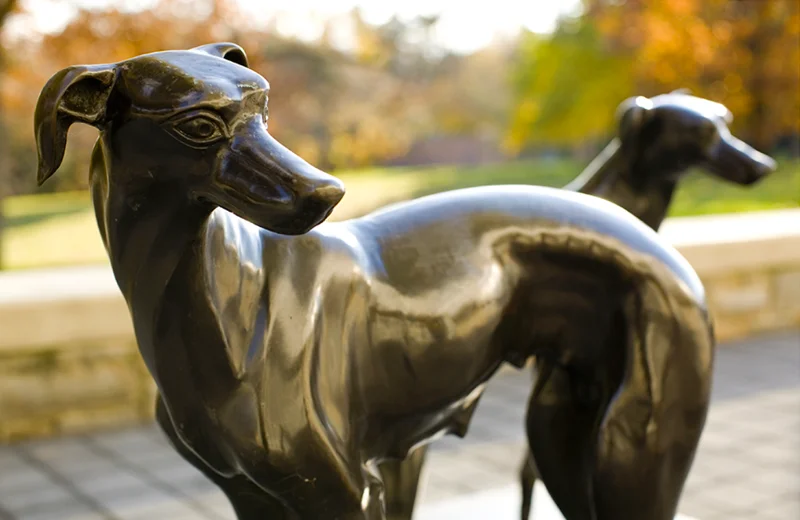
Alma Mater and Fight Songs
Loyola’s “Alma Mater Anthem” was written by Capt. John Ozazewski, a 1940 graduate, and composed by Felice S. Lula, director of Loyola’s glee club at that time. Throughout its history, Loyola has had various fight songs written by students and faculty, including “Songs of the Green and Grey,” by John O’Neill Miller, ’37, “March On, Men!,” by A.M. Fremgen, S.J., and “A Rally to Victory,” co-written by Fr. Fremgen and a group of faculty. These were sung not only at athletic games but during military training, ceremonies, and other events. In the early 2000s, a contest for students to write a modern fight song gave way to “Howl for the Hounds.”
